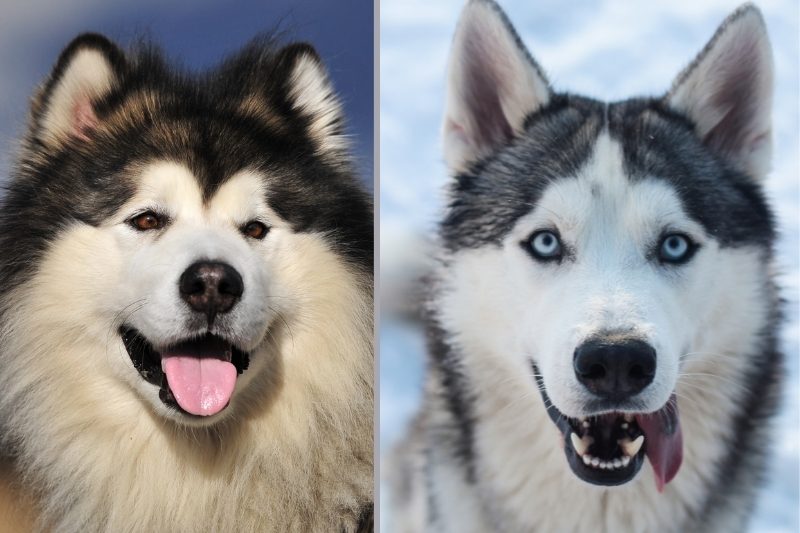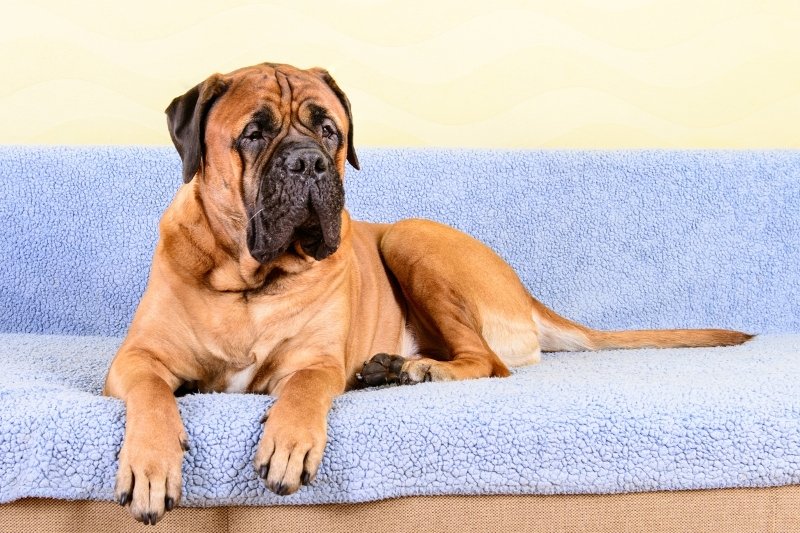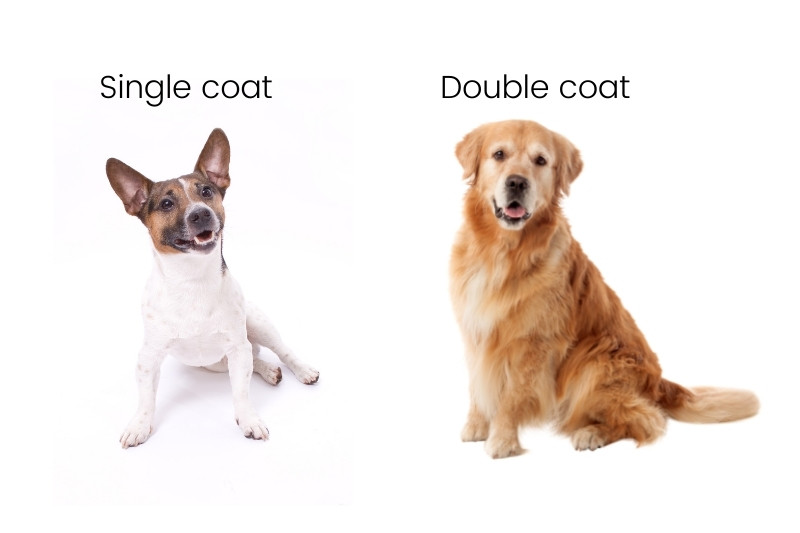Malamute vs Husky: know the differences between these breeds

You’d be forgiven (at least by us) for confusing Alaskan Malamutes and Siberian Huskies. They’re both intelligent, wolfish dogs bred for cold weather and hard work. There are, however, quite a few differences between these two beautiful breeds. So, Malamute vs Husky – how can you tell the difference between them? Are they the same size? Do they have different personalities? Here's what you need to know to become an expert!
But first, the similarities…
So you can fully understand the differences between a Siberian Husky and an Alaskan Malamute, you need to know the similarities. Both have a thick double coat that sheds twice a year and both are extremely friendly with people. They're curious dogs and will want to get to know the people around them.
Both have extremely high energy levels, love to play, and need a good amount of daily exercise – whether that be a long walk, a run, or a big play session in the park. Because of their heritage, they also excel when they’re put to work.
Although friendly and highly intelligent, they can both be a little stubborn and use their intelligence to get up to mischief. They also have high prey drives which can easily distract them. Alaskan Malamutes and Siberian Huskies need strong owners who can train them and bring out their best qualities. They need to know who the leader of the pack is!
Malamute vs Husky – the differences

Although similar in a lot of ways, there are some key differences between these cold-weather sled dogs.
Heritage
Both the Malamute and the Husky are arctic dogs that were bred to pull sleds in harsh terrain and minus temperatures. Malamutes are a very old breed, bred as working dogs to haul heavy loads and help the Inuit Mahlemuts hunt. They were notoriously amazing protectors and made great guard dogs, keeping their owners safe from big animals such as bears and wolves. It's thought that they were one of the first dogs to accompany settlers as they crossed the Bering Strait into North America.
The Siberian Husky, however, was bred in Northern Asia to be quick and not as strong. When owners realized just how quick Huskies could be at pulling sleds over snow and ice, they became one of the most popular race dogs. And still are!
Size
When thinking about Malamute vs Husky, a great way to distinguish them is by looking at how big they are (which isn’t always easy if you don’t have the other there to compare them to)! Because the Malamute was bred to be a particularly strong sled dog, they are much bigger than Huskies and can be classed as a large to giant breed. Their working dog genes make them visibly more muscular too. A male Malamute can stand 26 inches tall (66 cm) and weigh up to 95 lbs (43kg).
Huskies, on the other hand, are a bit smaller and were bred to carry light loads. A male can be 24 inches tall (63 cm) and weigh up to 66 lbs (30kg), so they're considered medium-sized dogs. When you compare them side by side, it’s quite obvious which of these wolf dog breeds was bred for strength and which was bred for speed!
Coloring
Whilst their coat coloring can be fairly similar, their eye color is a key difference between a Husky and a Malamute. Siberian Huskies are well known for their electrically blue eyes. Malamutes, however, generally have brown eyes (although this can range from almost black to amber).
Tail
As well as their size differences, their tail is another key physical difference between these two pups. Malamutes have big, bushy tails which curl over and are carried on their back. Huskies, on the other hand, tend to carry their tails further down. A Husky will, however, curl their tail when they’re feeling particularly alert.
Grooming
Because they were bred to withstand cold temperatures, both dog breeds have fluffy, incredibly warm coats. This means they need a little bit of extra care. Malamutes, however, require more grooming and care than Huskies (because they also have more hair and it’s longer). You’ll need to brush a Malamute daily to keep their coat looking as sleek as possible and bathe them every 8 weeks. Huskies only need weekly brushes and a couple of baths per year. Both sled dogs will need more grooming when they blow their coats – and you’ll definitely want the vacuum cleaner to hand.
Personality
Malamutes and Huskies can have quite similar personalities. Both are pack animals, so thrive when surrounded by other dogs or humans. Unlike Huskies, Malamutes sometimes need a little bit of downtime and are happy to spend an hour entertaining themselves. Huskies, on the other hand, love attention and prefer not to be solo pets.
They're both exceptionally intelligent dogs and will need regular training so they put their intelligence to good use (bored Huskies are known for their escape attempts)! Because they're so smart, training them is fairly easy and, when done correctly, you'll be left with a fun-loving dog, full of energy and with a great temperament.
Exercise needs
When it comes to exercise, there are a few differences between Malamutes and Huskies. Huskies are built for speed and love to run. They can actually satisfy their exercise needs by playing fetch or running around the backyard. They’ll be the happiest dog to go for a run with you or chase after a ball.
Malamutes, however, are built for endurance and strength. They’ll thrive going for a long walk or hike and will even enjoy being put to work. Try getting them a dog backpack and they can carry some of your things or their own water!
Lifespan
Generally speaking, larger dogs have shorter lifespans than smaller ones and it’s the same for the Alaskan Malamute and Siberian Husky. A Husky can live for 12-15 years whereas a Malamute’s lifespan is 10-12 years.
Health
Pure-bred dog breeds suffer from more health issues than mixed ones. Huskies, however, suffer from fewer health problems than Malamutes. Huskies can be prone to getting cataracts and progressive retinal atrophy so they should have regular check-ups to spot them early. They can also suffer from hip problems.
Malamutes can suffer from elbow and hip dysplasia, chondrodysplasia, hypothyroidism, and von Willebrand’s disease (a kind of bleeding disorder). Getting responsibly bred dogs and taking them for regular check-ups can help ensure they’re as healthy as they can be!
Hopefully, now you know a little more about the differences between Huskies and Malamutes. Would you consider getting either? Why?
I’m Charlotte, a content and copywriter from the North of England and currently living in Berlin. Animals have always been a huge part of my life, so writing about dogs is a total pleasure! I love all kinds of dogs and their cheeky personalities, but I’d have to say Weimaraners are my favourite!








